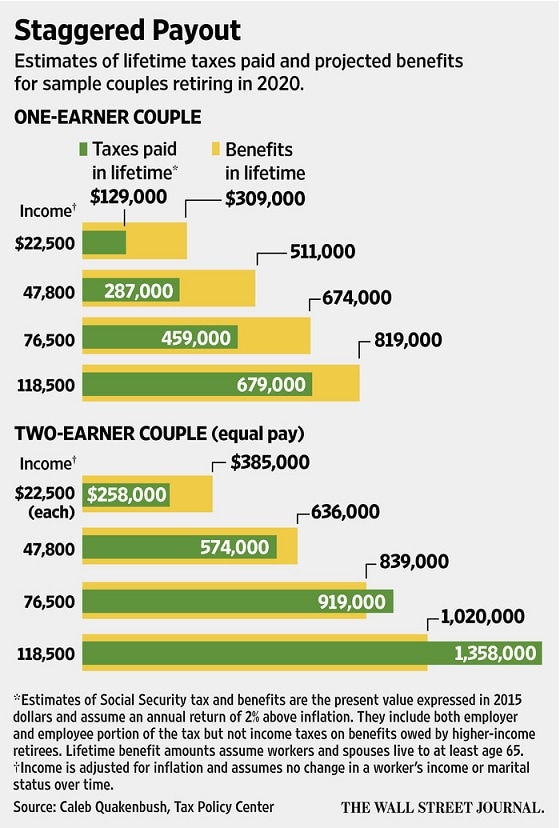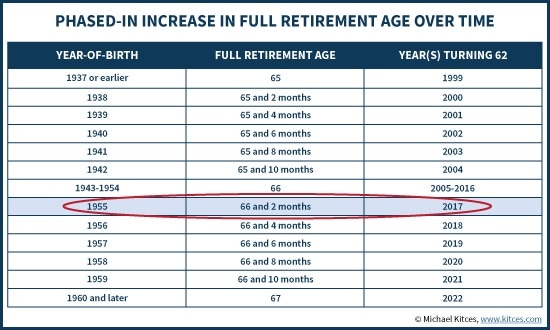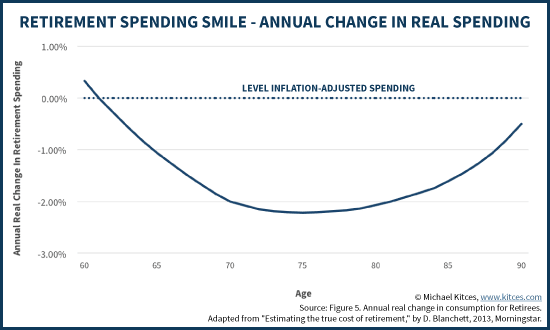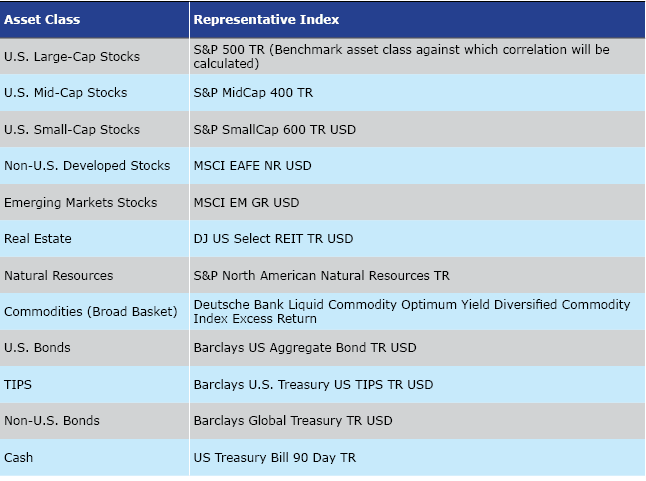A. The main benefits of fixed annuity could summarized as STYLE, as explained below -
- Stability: Premium is protected from market volatility.
- Tax-deferred growth: Taxes on interest are not due until clients withdraw earnings
- Yield: Purchase premiums are guaranteed to earn a set rate of interest for a specific time.
- Liquidity: access to funds, free of early withdrawal charges, in certain situations outlined in the policy.
- Estate planning: Generally, annuity death benefits are paid directly to beneficiaries avoiding the cost and delay of probate.





 RSS Feed
RSS Feed
